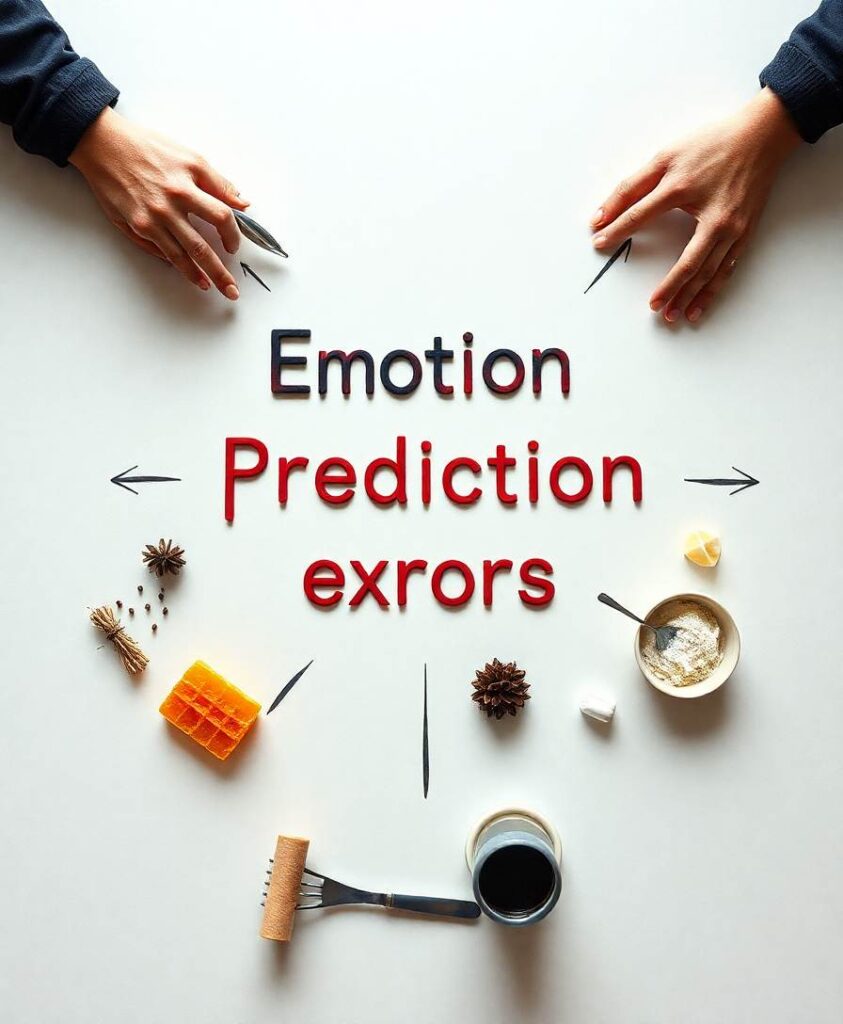ObjectveEmotional brain-computer interface can recognize or regulate human emotions for workload detection and auxiliary diagnosis of mental illness. However, the existing EEG emotion recognition is carried out step by step in feature engineering and classification, resulting in high engineering complexity and limiting practical applications in traditional EEG emotion recognition tasks. We propose an end-to-end neural network, i.e., E2ENNet.MethodsBaseline removal and sliding window slice used for preprocessing of the raw EEG signal, convolution blocks extracted features, LSTM network obtained the correlations of features, and the softmax function classified emotions.ResultsExtensive experiments in subject-dependent experimental protocol are conducted to evaluate the performance of the proposed E2ENNet, achieves state-of-the-art accuracy on three public datasets, i.e., 96.28% of 2-category experiment on DEAP dataset, 98.1% of 2-category experiment on DREAMER dataset, and 41.73% of 7-category experiment on MPED dataset.ConclusionExperimental results show that E2ENNet can directly extract more discriminative features from raw EEG signals.SignificanceThis study provides a methodology for implementing a plug-and-play emotional brain-computer interface system.



